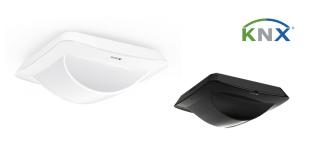81 percent of consumers who own a home automation product own a smartphone or tablet.
Mobile devices, such as smartphones and tablets, and their ability to connect wirelessly have helped drive interest and awareness of home automation products and services. According to The NPD Group’s recent Home Automation Study, 88 percent of mobile device owners are aware of home automation devices compared to just 78 percent of consumers overall. Of those who own a network-connected home automation product, four-out-of five (81 percent) own a smartphone or tablet.
“Mobile connectivity has enabled products from programmable thermostats to home security systems, to be controlled remotely, thus increasing their appeal and utility,” said Ben Arnold, executive director, industry analyst, The NPD Group. “Another key part to this growing industry is the app ecosystem which allows consumers to use one device to monitor and control multiple products.”
Home automation products, while not new, haven’t gained widespread adoption; however interest continues to build. Among all consumers, 48 percent said they were either “extremely or somewhat interested” in purchasing home automation products. Among smartphone and tablet owners, the numbers are higher with 62 percent of consumers saying they are “extremely or somewhat interested” in purchasing.
The shift in the home automation market towards increased mobility and accessibility has also changed the consumer profile of those who own and are interested in owning these devices. According to the report 37 percent of home automation product owners have a household income under $75,000 and a fifth of consumers who own home automation products rent their primary residence– a very different landscape then when the category first emerged several years ago.
“Five years ago, the installation and use of home automation systems required expensive equipment and professional installations appealing to mostly upper income home owners, things have changed,” said Arnold. “Now with more affordable options and the ability to access the interfaces from anywhere at any time, we see a whole new market opening up to younger, middle-class consumers who not only own, but rent as well.”
Methodology
A U.S. representative sample of 2,200 adults completed an online survey for this report in December 2013.












